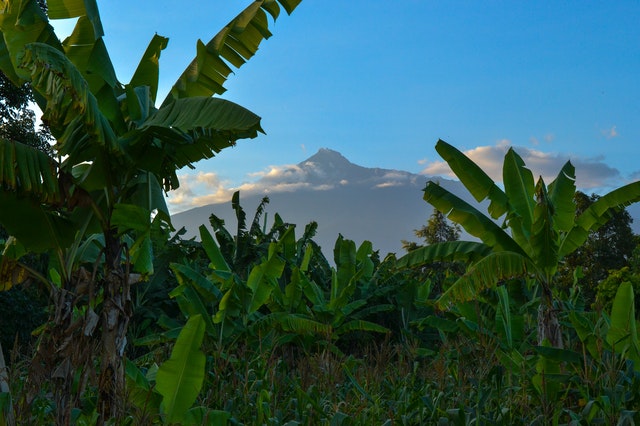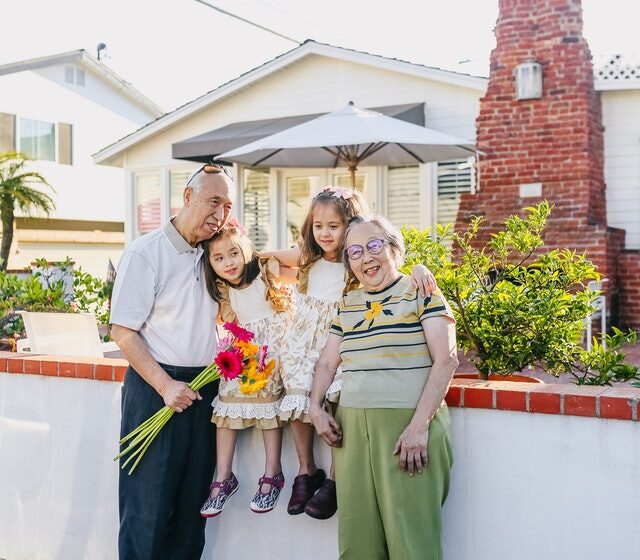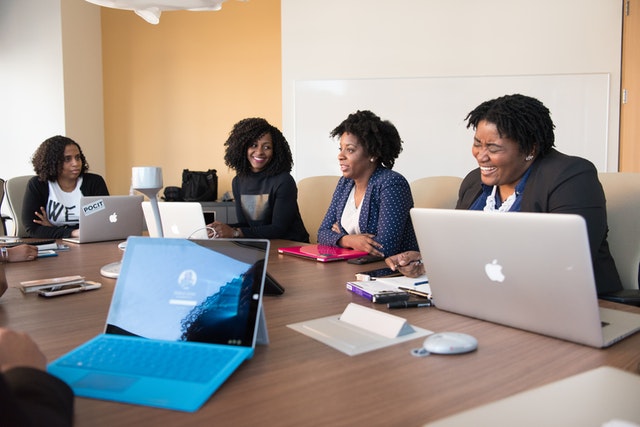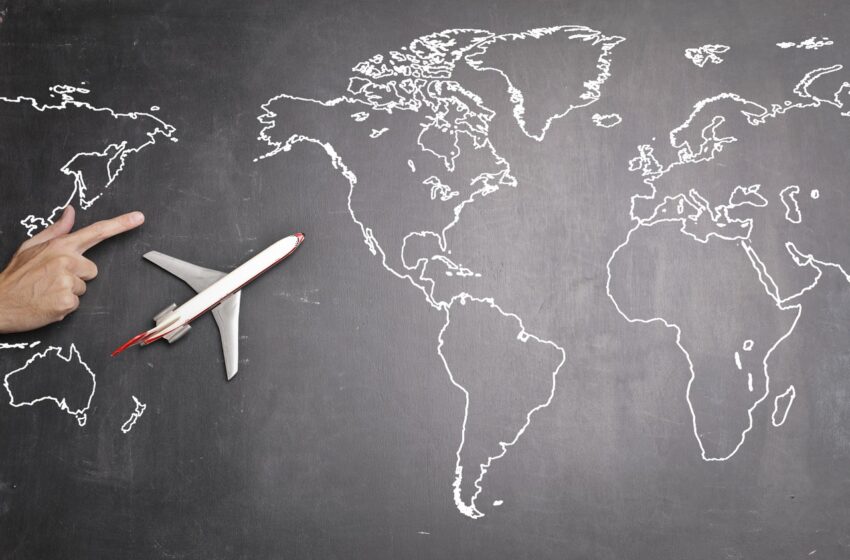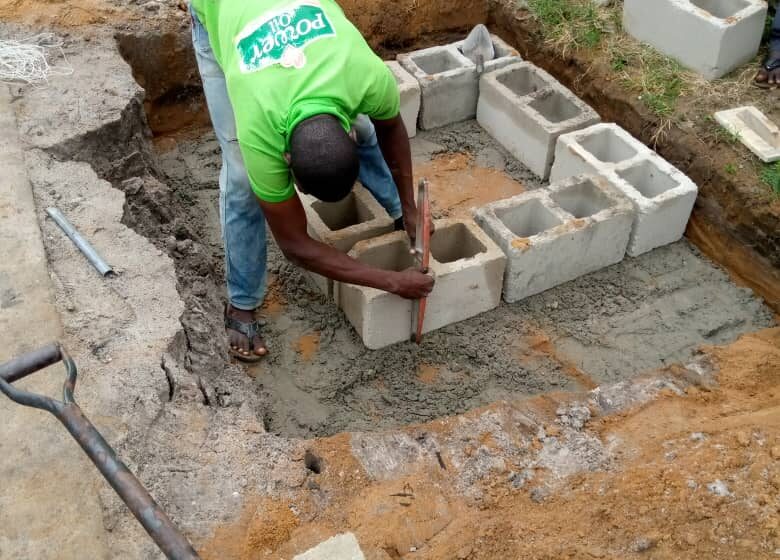Problems and Prospects of Community Development In Nigeria
Courtesy : Info Guide Nigeria
INTRODUCTION
DEFINITION AMD MEANING OF COMMUNITY DEVELOPMENT
According to the United Nations (1948) community development is viewed as that practice of coming together by Persons in the community to undertake group action and proffer common resolutions to challenges and difficulties facing the community.
It constitutes the action taken by community leaders, advocates, concerned citizens and experts to elevate the standard of life in the community with a view to building a strong and improved local communities. The process of community development is to foster both social and economic development for the entire people in the community through the community’s active involvement and full initiative.
The International Association for Community Development consisting of international network of scholars and community development experts defines community development, as a profession and academic field which enhances people’s collective participation and right, social justice equality, economic opportunity, and sustainable development by the process of organizing, training and empowering people within their communities, in urban and rural locations.
SIGNIFICANCE
Community development plays a special role in overcoming poverty and poor living standard in the community,
It unites the community at the grass root and enhances a strong democracy.
Community development is used as a technique by Agencies ,NGOs etc. as an approach to reach communities for the implementations of their projects Agendas and Programs for the wellbeing ,progress and development of communities
Community Development Exchange defines community development as:
1 The important purpose of community development is to elevate the standard of living of people in communities fundamentally on equality, justice and mutual respect.
2 Community development creates and enhances good relationships between members of the community such as relationship between ordinary people and people
3 It fosters group participation in proffering solution to problems confronting the community
4 It operate on the premise that within any community lies great potentials which if utilized can help build communities
5 Community development experts collaborate and work with people in communities to build relationships and identify common interests.
6 They provides communities the opportunities to learn new skills through various empowerment initiatives
7 Community development experts facilitates social inclusion and equality through building of teams and group action
Community development approaches are recognized internationally. These methods and approaches have been acknowledged as significant for local social, economic, cultural, environmental and political development by such organizations as the UN, WHO, OECD, World Bank, Council of Europe and EU.
PROBLEMS
1 The mechanistic nature of decision taking and non-involvement of the community in decision making process for project initiation and implementation incapacitates the potentials of the communities. According to Musa (1995) and Adefila (1995) top-down approach of decision making and project initiation typifies not only donor-driven, and limited in nature , but tend to undermine the benefiting communities. Particularly communities are hardly involved at the policy design or implementation stage, thereby excluding them as participants and stakeholders in such plans programs and projects
2 The problem of vandalization and abandonment of projects occurs when communities do not understand the project as a result of non-inclusion in the decision making process of initiation and implementation of projects and programs.
3 Problem of loss of control over development process do occur because of lack of understanding and utilization of the project by the benefiting communities
4 Many community development projects are without adequate planning. They lack the needed proper cost estimate and structural designs.
5 Many communities do not understand the socio-environmental consequences or implications of the projects that they initiate. As such many of such projects do not survive
6 The impact of projects on the community is minimal as a result of poorly implemented projects that do not survive thereby leaving the people in excruciating poverty.
7 The income level of people in many communities is low .As a result the ability of the people to generate funds to sponsor projects is greatly affected. Thus many envisioned community projects remain unattainable.
8 Sometimes Leadership crises exist in certain communities such as, fund misappropriation thereby impeding the progress and further development of community projects.
9 The lack of expertise in maintenance services often renders some community projects diminished in value and dead. Thereby leading to a waste of resources.
10 Political considerations often affect the siting of some public projects and also affect public support for some community projects. The Implementation of the development programs itself is also affected by politics.
11 The problem of implementation. Arising from poor supervision also exists and constitutes one major problem to community project execution. Obot (1989) asserts that many development policies are poorly implemented due to poor supervision. Thus some water taps project in many communities remain unfunctional since after their installation.
12 Armed conflicts in certain communities ranging from ethnic, communal, and religious issues also hinders many community projects .It creates the absence of an enabling environment sustainable development in such communities .
PROSPECT
Community development cannot be achieved in isolation. In view of the importance of the people it is essential that the community be involved in every phase of the project ranging from the initiation, planning, decision and execution phases of the project. They must be deeply involved in their community development.
The government should provide Community education holistically for the development of communities rather than concentrate only on rehabilitation of physical structures in such area as agriculture, , health, adult education, environmental , cooperative and enterprise development.
The provision of empowerment to the people is essential through skill acquisition, etc. to enhance the growth in people’s capabilities and productivity.
Government must provide a good communication network with the communities’ .Such as communication channels with town and village unions, women and men groups, youth groups, cooperative societies and other community organizations etc. This will promote fast and effective spread of information regarding community programs and project between it, the community and external agent.
A Bottom –Up Strategy such as Participatory Rural Appraisal should be employed to enhance the full participation of communities in problem identification, solution, planning and implementation in identifying communities‟ problems and proffer appropriate solution to facilitate sustainable development.
For community development to be attained it is essential that community projects generate employment and fair income distribution. Therefore, each project should provide for the effective use of the manpower of the community so as to provide the people the power to earn good living and improve their living standard.
The environment of the community should also be protected from harmful waste and pollutions so as to avoid the degradation of the community as a result of community project implementation.
NOTE : All the contents above are found to be true. The Publisher of this magazine platform has been the Chairman of a Community Development Association in Nigeria for more than five (5) years and knows many of the bottlenecks encountered in carrying out community development projects.
